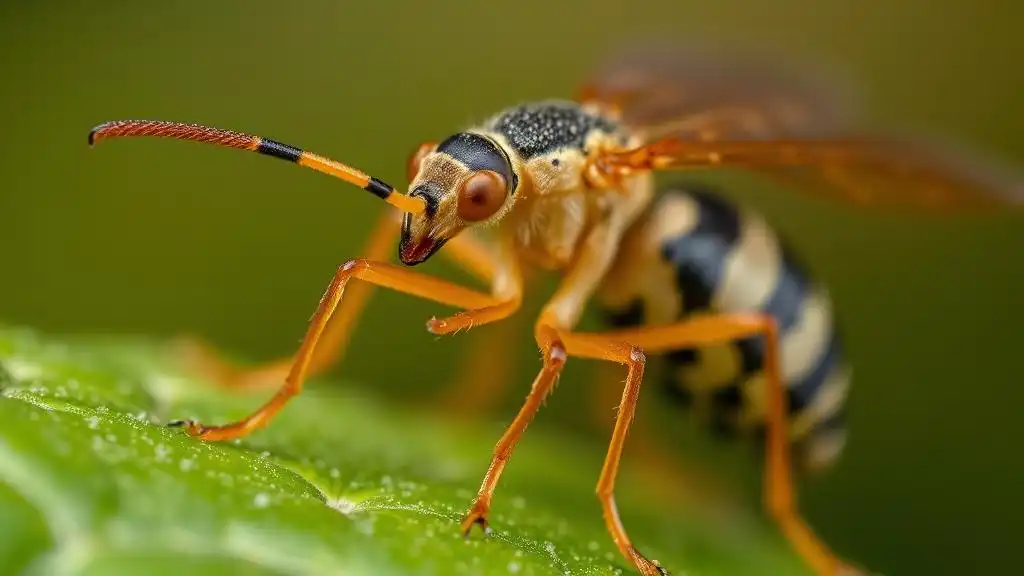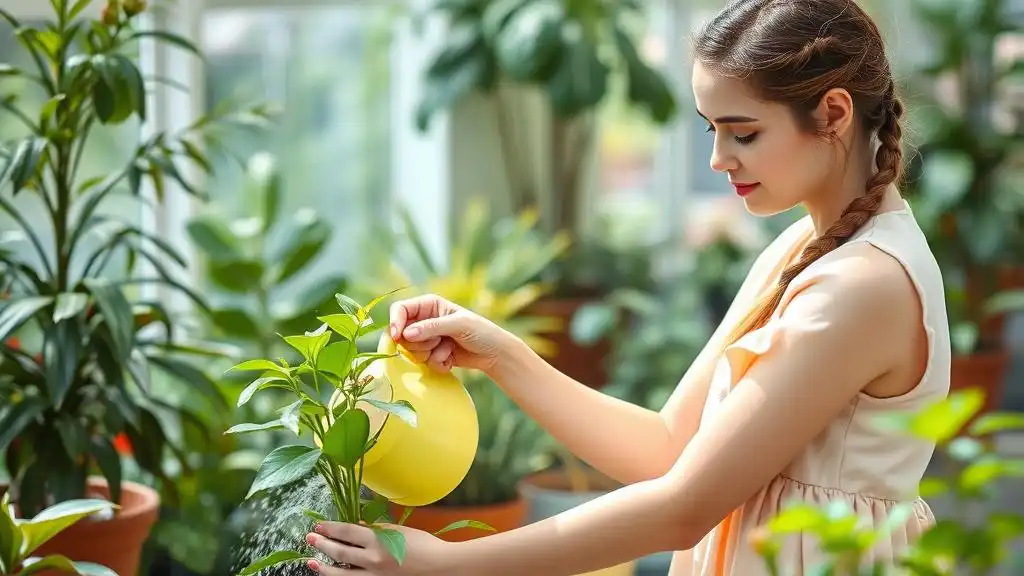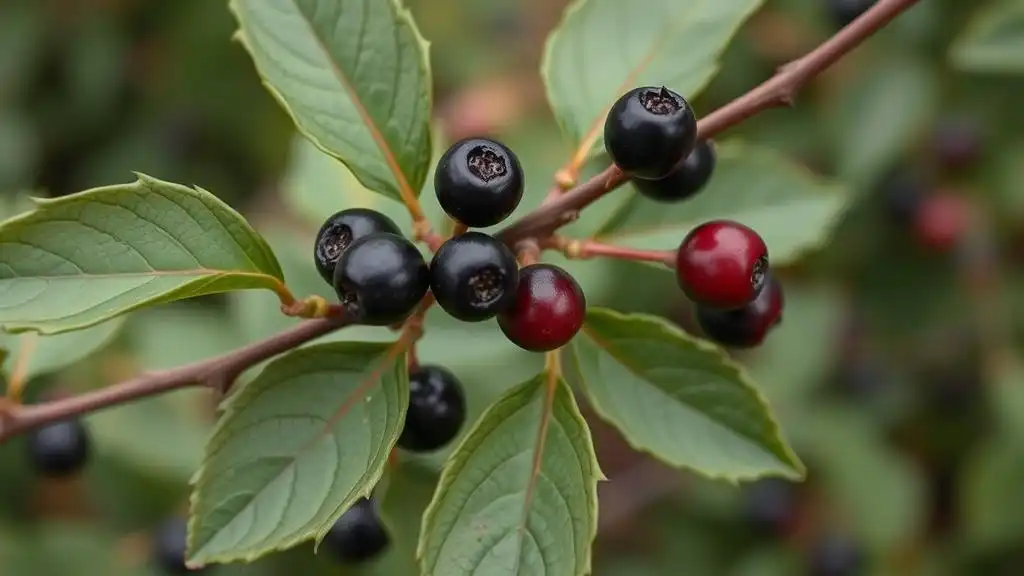Garden Insects of Aphids: Appearance, Specifics, and Control

The garden is an extensive space with dozens of various inhabitants, be they of floral or faunal nature. As such, aphids may represent a small yet prominent part of the garden’s ecosystem that usually brings discomfort to its neighbors alike.
Contents:
The garden is an extensive space with dozens of various inhabitants, be they of floral or faunal nature. As such, aphids may represent a small yet prominent part of the garden’s ecosystem that usually brings discomfort to its neighbors alike.
For the majority of plant lovers, aphids are just another far-reach problem that may drastically affect the environment for good. So, what do aphids look like on plants, and how to detect them well in advance? Let us explore what aphids are in reality and how to protect your garden efficiently.

What Do We Call an Aphid?
Generally speaking, aphids comprise an extensive group of soft-bodied insects usually seen in gardens and agricultural fields as silent pests that do not always require special treatment but thorough management only. With a length of 1 to 5 mm at their maximum, aphids may form dense colonies that feed on the plant’s sap and devastate its health, which may lead to curling, yellowing, distortion of leaves, and the death of a plant, when never managed properly.
Thanks to their ability to asexually reproduce, aphids may relatively quickly infest an area and release a sticky substance, i.e., honeydew, due to their superiority in number. As a result, these insects both directly and indirectly pose threats to the crop’s conditions and susceptibility to other severe diseases, e.g., sooty mold.
Appearance and Identification
As we have stated before, aphids are small, soft-bodied insects that may appear in a wide range of colors, including green, yellow, black, gray, brown, etc. Though these pests do look like the rest of the similar insects, the key features of aphids include long, slender antennae and two cornicles, i.e., the tube-like structures, that come from the end of the abdomen.
Another visual indicator refers to the number of pests/eggs found on the underside of leaves, stems, branches, and flowers. What do aphid eggs look like? The inner surface can demonstrate that there might be thousands of small glued eggs that can tolerate any climate and give rise to another cycle of aphid infestation.
Since the aphid size is that small, the insects live in clusters to efficiently take over the territories, control the plants, and survive in the end. And yet the aphid activity might be potentially missed, the sticky, sugary substance secreted by the pests may indicate their presence as loud as possible.
Quick Pest Identification - AI Plant Finder for Sensible Solutions
However, pest identification without additional support may take a lot of time. Therefore, the most suitable option usually comes down to downloading a universal plant ID app with the relevant features implemented. From the perspective of many users, the only app that is always worth mentioning is AI Plant Finder.
With the use of this platform, one may quickly identify the disease and detect its activity, too. All one needs to do is access the AI Plant Finder app, go to the “Diagnose” section, tap on the Camera button, and follow the prompts on the screen. In a few seconds, this will identify the disease and offer a few treatment plans for free. Are you interested in trying this platform and exploring new features like plant care reminders or plant ID by photo?

If so, get ready for the long journey and share your experience with the rest of the world.
Aphid’s Habitat
Unfortunately for plant caregivers, these could be found almost anywhere, thanks to their highly adaptive constitution. As a rule, aphids can thrive in temperate environments with new growth to occupy, since the latter is more or less nutrient-rich and full of fresh sap. Other climates, though, can also suffer, for there are no limits for aphids to break through.
Aphid Management: What Should We Do?
While aphids do not group into large colonies, these do not usually require any serious chemical treatment but biological and cultural control options only. As for cultural practices, many turn to watering practices (e.g., the use of strong jets of water), plant isolation, and the like. Biological control, though, may include companion planting and the introduction of natural predators like parasitic wasps and ladybugs who hunt aphids when in the wild.
When a situation spirals out of control, the use of chemical means becomes inevitable. Sustainable gardening, which we try to stick to all along the way, presupposes that we do not implement harmful treatment plans that could potentially destroy the environment. Instead, it is recommended to employ natural resources or low-risk insecticides, as well as insecticidal soaps and oils. Hence, the health of the garden remains untouched, yet aphids may no longer be disturbing.

Aphids, just like any other insect, may become a great challenge for both sides, i.e., a gardener and their green friends, too. So as to ward off the issue, one should carefully explore the essence of pests, analyze their preferences, and choose the most suitable treatment in case of infestation and further complications.
Share:
Read More
Identify Any Plant, Diagnose Every Disease
Download Our App Now!

